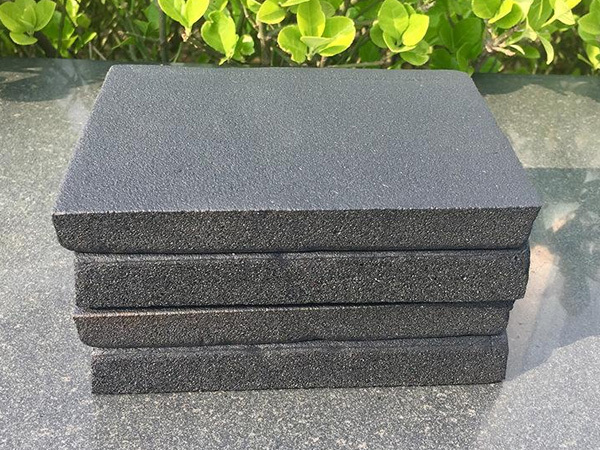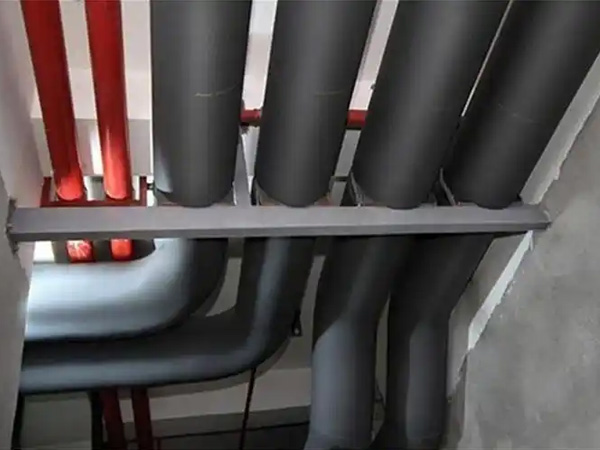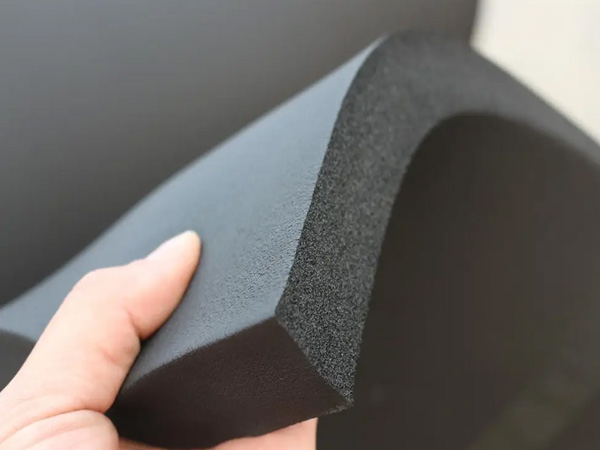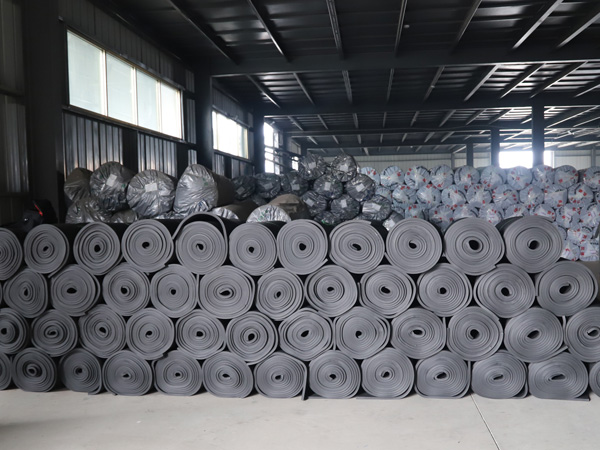Common Issues with Phenolic Foam Boards in Building Renovation Projects
2025-06-18 14:53:34
Common Issues with Phenolic Foam Boards in Building Renovation Projects
Fire Safety Concerns
While phenolic foam is inherently fire-resistant (typically Class B/B1), some low-quality products may fail to meet fire safety standards, leading to potential hazards in high-rise renovations15.
Inconsistent fire performance testing and lack of standardized certification can create confusion during compliance checks18.
Material Delamination and Falling Hazards
Poor adhesion during installation, especially in cavity wall systems, can cause phenolic boards to detach from the substrate under wind loads or thermal stress5.
Insufficient bonding mortar or improper surface preparation (e.g., dust, uneven substrates) exacerbates this issue6.
Cracking at Joints
Phenolic foam’s low vapor permeability traps moisture, increasing stress at panel seams and leading to cracks in the finishing layer5.
Thermal expansion mismatches between phenolic boards and adjacent materials (e.g., concrete, metal cladding) can also cause joint failures7.
Warping and Deformation
Inadequate curing time (short "aging period") before installation results in dimensional instability, causing boards to warp under temperature fluctuations5.
Hollow-core installation methods (e.g., unventilated cavities) amplify deformation due to uneven stress distribution57.
Durability and Corrosion Risks
Older phenolic formulations with high acidity (pH <4) may corrode metal fasteners or embedded components over time, though modern neutralized versions mitigate this13.
UV degradation occurs if boards are left exposed without protective coatings (e.g., renders, facades)7.
Market and Regulatory Barriers
Low awareness among contractors and developers about phenolic foam’s advantages (e.g., smoke suppression, thermal stability) slows adoption in renovations18.
Absence of unified national standards (e.g., inconsistent regional codes in China) complicates compliance and quality control78.
Mitigation Strategies
Material Selection: Use high-density, fully aged phenolic boards (e.g., 5th-gen AGPF panels) to reduce warping and improve mechanical strength37.
Installation Practices:
Ensure substrate flatness and use full-bed adhesive bonding (avoiding hollow cavities)7.
Incorporate flexible sealants at joints to accommodate movement6.
Fire Compliance: Verify third-party fire test reports (e.g., EN 13501-1, GB 8624) and prioritize panels with ≤30% smoke density13.
Policy Advocacy: Push for inclusion in national retrofit programs (e.g., China’s "dual carbon" initiatives) to incentivize use48.
For case-specific solutions, refer to regional guidelines like *DB21/T 3237-2020* (Liaoning, China) for technical specifications7.

OurFlame Retardant Rubber Foamis a premium closed-cell elastomeric insulation material engi...

OurRubber Pipe Insulationis a high-performance solution designed specifically for HVAC pipi...

Rubber Foam Insulation Sheet – Product Introduction Premium Flexible Insulation for Therm...

Specially engineered for refrigeration applications, ourElastomeric Rubber Insulationprovid...



